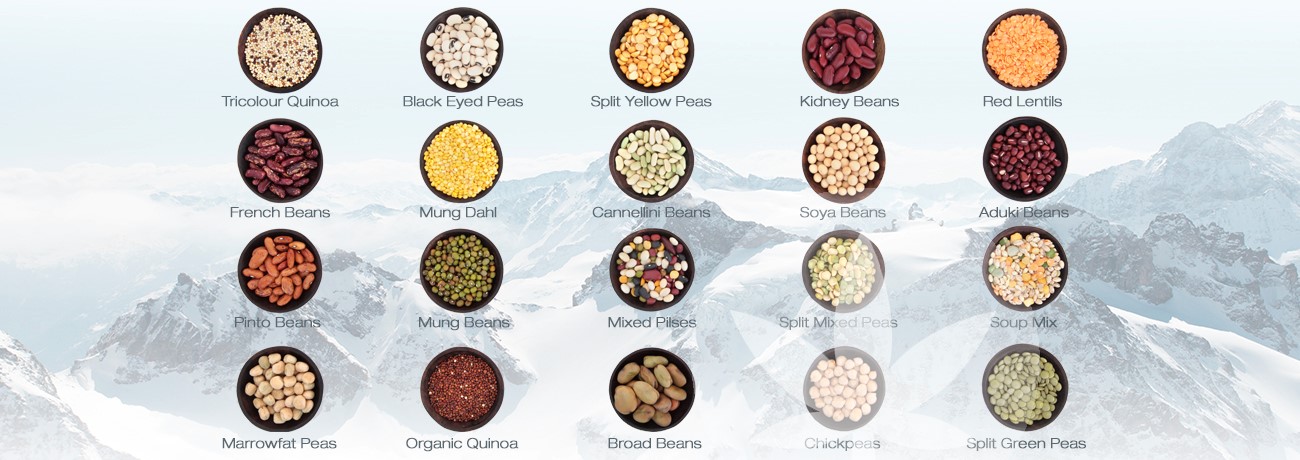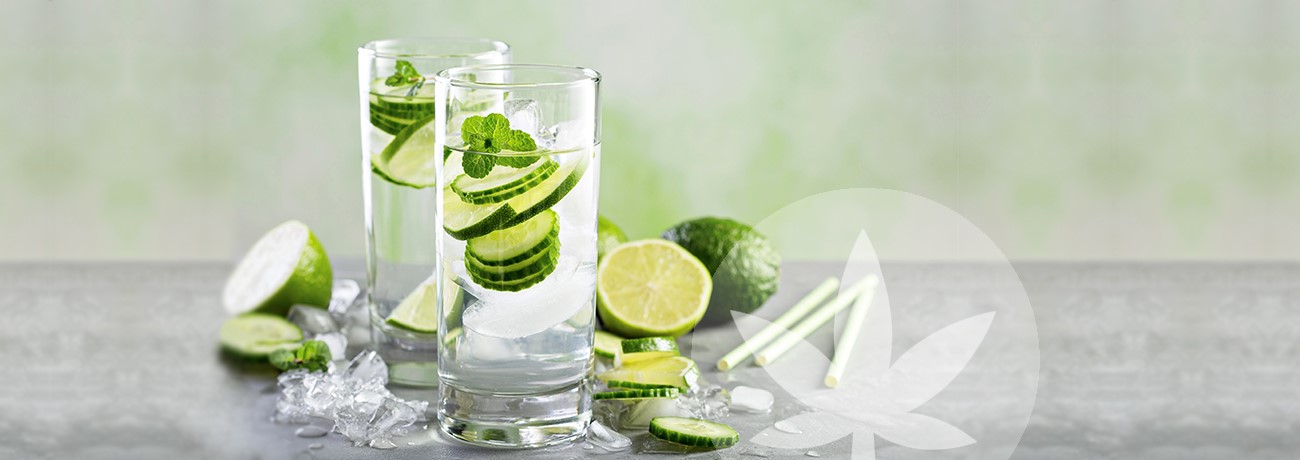Blue Zone Diet - Eat Like the Healthiest People on Earth
Published:
Blue Zone diet is plant-based
Let us begin with what defines a “Blue Zone” before we delve into the basic principles of a Blue Zone diet. Five regions qualify as Blue Zones: Ikaria, Okinawa, Barbagia, Loma Linda, and the Nicoya Peninsula. Spread out across the globe, they represent areas where the population live longer, have fewer health problems, and stay active well into their 80s. In essence, these areas feature some of the healthiest communities in the world. Let’s face it, there are not many diets worldwide that can compete with that type of statement.

The good news is, you don’t have to live in these areas to mimic their approach to healthy living. You do, however, need to follow a few fundamental principles based on how people in Blue Zones eat. We cannot promise the Mediterranean sun of Barbagia, Sardinia, but we can break the Blue Zone diet into ten easy steps.
1. Eat fish, but not as much as you think
Granted, most of the Blue Zone locations are on or near the coast. However, fish does not feature in local diet as much as you might think. In the majority of regions, fish is consumed up to three times a week, and of those three times, the majority are small, middle of the food chain fish. Cod, anchovies, or sardines are the most popular choices, mainly because they are both easy to digest and better for the ecosystem.
2. Save the meat for special occasions
Chicken, beef, and pork are primarily eaten as part of a special occasion. In addition, when they are consumed, they are a side to a dish, rather than the main course. Aim to eat meat no more than five times a month.
3. Reduce the number of eggs consumed
You do not have to worry about removing the yolk, instead, consuming the whole egg is perfectly fine. There is not anything inherently wrong with eating eggs, but across the five regions, eggs are eaten on occasion rather than as a rule. Try to reduce your egg intake to less than three a week.
4. Less dairy is better
Being lactose-intolerant is becoming increasingly common. While the argument around our body’s natural ability to break down lactose rages on, people living in Blue Zones typically avoid cow’s milk. Instead, they choose to use goat or sheep’s milk.
5. Sugar is a no-no
Removing sugar will come as no surprise. Added sugar has, unfortunately, become a staple part of ready-made meals, sauces, soft drinks, even bread. Excess artificial sugar, not the sugars naturally occurring in fruits, has been linked to many damaging conditions. Soft drinks are the main culprit in this category and should be eradicated from our diets. If you do want to indulge, again, save the sugary treats for a special occasion.
6. If you want to snack, try nuts
No matter what you do, there will come times throughout the day when you want a snack between meals. Rather than going without, reach for a few handfuls of mixed nuts. For best results, try a mix that includes almonds, brazil nuts, walnuts, cashews, and peanuts. Individually, they bring their own benefits, but together they are packed with omega-3, protein, and vitamin E.
7. Swap white bread for sourdough
We mentioned bread earlier. The majority of processed bread is packed full of sugar and bleached white flour. Both provide a short burst of energy and cause spikes in your insulin level. Swap white bread for traditional sourdough and you will be stunned by the difference. Sourdough bread is easy to digest and slower to break down because of the whole grains. The result is more energy throughout the day.
8. Beans and pulses should be eaten every day

White, black, soybeans, lentils, pulses—they all have something in common. They are all consumed daily in Blue Zone areas. Packed full of protein and slow-release carbohydrates, beans are considered by many to be a superfood. Throw in the healthy source of fibre they provide, and it is easy to see why. Focus on adding at least half a cup a day to your meals.
9. When in doubt, focus on whole foods, not processed meals
What do we mean when we say whole foods? Essentially, it is a portion of food that is made from one ingredient, either in raw, ground, or cooked form. Eating whole fruit and veg without smothering it in a processed sauce is an excellent example of focussing on whole foods. If the meal you are looking at has added sweeteners, preservatives, or artificial ingredients, it isn’t whole.
10. Water, water, water
Time and time again, it is recommended that water be our primary source of liquid intake. We are, after all, about 60% water, so it stands to reason we should keep our hydration levels topped up. Water can be a touch dull, so don’t panic, cups of tea and coffee also featured in Blue Zone areas.
If you do drink coffee, try to avoid adding sugar to it, back to point five. If tea is your preferred option, try swapping regular tea bags for green tea. Finally, if you have had a tough day at the office, there is good news. Red wine is also a crucial part of Blue Zone diets. All things in moderation though; target no more than 1–3 small glasses of red wine a day.
You have probably noticed a recurring theme throughout the Blue Zone diet. It is mostly plant-based, focussing on sources of food that are local and readily available. While meat does feature, it is an exception rather than a rule. All Blue Zone areas focus on a traditional approach to eating—making the most of foods and plants when they are in season, and switching to what is available as the conditions change.
Although this kind of approach to eating may seem strange, especially in a world overloaded with convenience meals and fast food outlets, the idea of eating only what was available is something our prehistoric ancestors did very well.

Stone Age diets were most likely plant-based
When we think, talk, or imagine our Stone Age ancestors, more often than not, connotations of them being fierce hunters come to mind. On the contrary, primitive men and women were more than likely eating far more plants and grains than they were meat. The reason is simple; hunting for sources of meat is significantly more difficult than foraging for berries and seeds. Add in the complexity of the environment, with factors including weather, season, and location, and suddenly a predominantly meat-based diet seems less and less likely.
A Stone Age diet, or as it is more commonly known, the paleo diet, would have featured meat, but not in the vast quantities we often think. It is true, however, that as our hunter-gatherer instincts developed, we became better at harvesting meat. Where available, prehistoric us would always take the opportunity to consume it over berries, ground grain, or seeds. The theory is that an increase in calories provided by meat contributed to the development of larger brains. Our mind craves meat, but our body needs the balance of plant-based foods for nutrients, vitamins, and energy.
When you consider that from a physiological standpoint our brains have developed significantly, our physical attributes are mostly unchanged. Our minds are modern, but our bodies are paleo. This represents a considerable problem. Our genes tell our body we crave the natural sustenance available from good old mother nature. Instead, we bombard it with highly processed foods. Our bodies are being forced to adapt to our modern lifestyle and the food intake it provides. The result is the potential development of various intolerances and several digestive conditions.
The paleo diet appears less about eating any one food over another. Instead, it is about eating what is available. Local, non-processed food that is in season will have a wealth of natural benefits. In an overwhelming number of scenarios, this would have resulted in a largely plant-based diet. But wait. Doesn't that sound remarkably similar to another type of diet?
Blue Zone diet might be the “real” paleo diet for the modern age
Looking at the concept of both the Blue Zone diet and the paleo diet, it is impossible not to observe some striking similarities. Could the Blue Zone diet be a natural evolution of the paleo diet? It certainly seems likely.
The core principle of both focus on one fundamental aspect; our bodies have evolved to require a balanced range of foods. If you are ever in doubt about how to eat healthily, it looks like the answer has been right in front of us the whole time (nearly five million years). Eat what is—and was—locally available to you, while following the moderation guidelines of the Blue Zone diet. The result is the potential for a long, healthy, more active life, and who doesn't want that?





